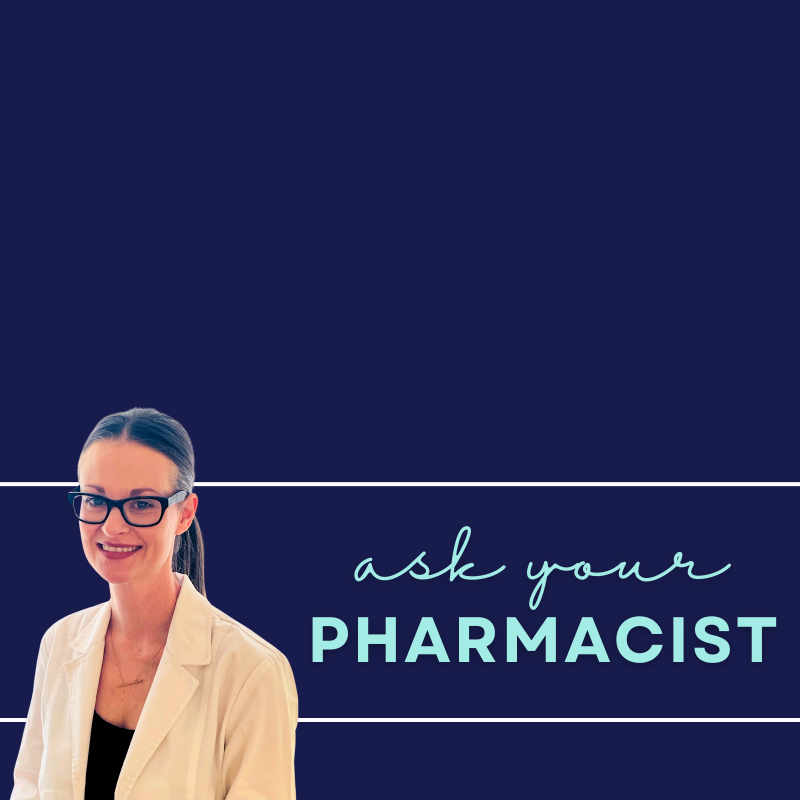
Q: Hand, foot and mouth disease is going around at my child’s daycare. What is the best way to manage the symptoms if my child gets it? A senior and a baby also live in my home, are they at risk?
Hand, foot and mouth disease (HFMD) is a very common viral illness among babies, infants and children under the age of five. Older children and adults can get it as well, it’s just not as common. Cases occur all year long but generally peak from spring to early fall. There are no vaccines or anti-viral medications effective against HFMD. Unfortunately, the symptoms just need to run their course.
A case of HFMD usually starts with flu-like symptoms such as fever, sore throat, runny nose and loss of appetite. These symptoms are followed by a rash that appears in clusters of small, red bumps on the palms of the hands, soles of the feet and sometimes the buttocks, knees, elbows or genitals. Painful, fluid-filled blisters can develop in and around the mouth, the tongue, the throat and sometimes on the hands and feet. Fever and sore throat resolve within a week, but some blisters may take a couple weeks to heal.
HFMD is spread when you inhale respiratory droplets from an infected person’s cough or sneeze, or when you put something in your mouth that has their saliva on it like a water bottle, utensil or child’s toy. It’s also spread by contact with an infected person’s feces, usually by someone not properly handwashing after using the toilet or after changing diapers. Contact with the fluid inside the blisters also spreads the illness. From the time you are exposed to HFMD to when you develop symptoms is approximately 7 to 10 days, but you can begin spreading it even before you have symptoms. Combining all this together explains why HFMD is so contagious and why outbreaks, especially in daycares, are so hard to control.
Outbreaks can serve as reminders for us to practice good hand hygiene by frequently washing our hands with soap and water, by using hand sanitizer when necessary and by regularly disinfecting commonly touched surfaces. It’s important to teach young children and to remind others to cover their mouths and nose when coughing or sneezing. This along with not sharing personal items like drinking cups, lip gloss and towels helps to decrease spreading infections.
Since there are no specific treatments for HFMD management focuses on relieving symptoms, preventing dehydration and reducing the spread of the infection.
Over-the-counter pain relievers such as acetaminophen and ibuprofen can be used to treat fever, sore throat and pain from the blisters. Blisters in the mouth and throat can make swallowing extremely painful. Stick to bland foods that are easy to swallow and stay away from acidic, spicy or hard foods that may irritate the blisters.
Most HFMD rashes do not itch, but if you have itchiness antihistamines, which are a type of allergy medication, can help. There are also a variety of topical products that can be applied directly to the skin to help reduce itching such as hydrocortisone cream and calamine lotion.
Dehydration is a potential complication of HFMD, as painful mouth sores may cause your child to drink and eat less. Along with pain relievers, you can offer popsicles, freezies and slushies to help soothe the blisters and to provide needed fluids. Continuously give small but frequent sips of water, clear broths or oral rehydration solutions such as Hydralyte or Pedialyte.
A common but less severe complication of HFMD is nail loss. Weeks after the rash heals nails may become dry and fall off. This is usually only temporary, and the nails begin to grow back on their own within a few weeks to months.
If your child develops HFMD it’s important to keep them home from daycare, school and other public settings until their fever has resolved and their blisters have healed. Blisters are healed when all the fluid inside them has dried up and they are crusted over. Allow blisters to heal naturally, do not pop or squeeze them.
Consult a health-care provider if symptoms are severe, if fever will not break, if blisters become infected or if you suspect dehydration. Dehydration begins with dry lips, tongue, mouth or throat, less frequent urination (monitor baby diapers closely), darker urine and light-headedness or headache. Severe dehydration causes extreme thirst, tiredness, pale skin, sunken eyes, potentially no tears when crying, feeling cold, faster breathing and a faster heart rate.
Erin Thompson (BSc, BScPharm) is a graduate of Dalhousie University and a community pharmacist practicing at Shoppers Drug Mart in Quispamsis N.B. Her opinions expressed in this column are published for educational and informational purposes only, and are not intended as a diagnosis, treatment or as a substitute for professional medical advice, diagnosis or treatment.